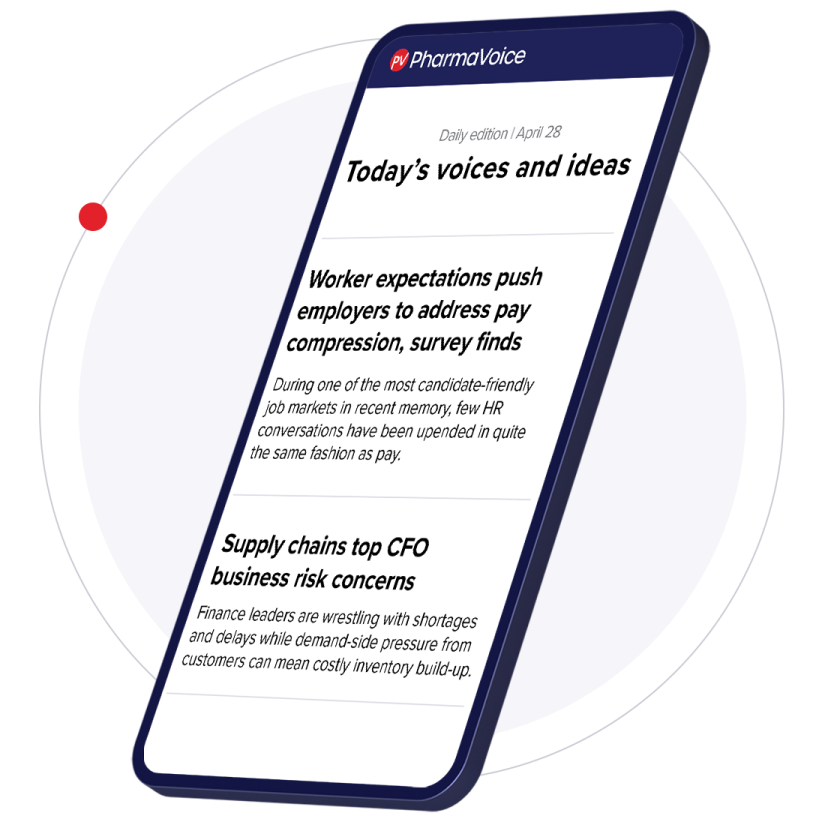GLP-1 drugs are already a multibillion-dollar market, yet untapped opportunities are fueling deal-making as companies look for a competitive edge with next-generation products.
But while companies are eager to get in on the action, not all potential assets in this glittering class are gold. Recent failures, including Pfizer’s weight-loss candidate, danuglipron, which ran into problems with liver toxicity, are a reminder of the challenges.
And not all potential drugs will be heavy hitters like Novo Nordisk’s weight loss drug Wegovy and Eli Lilly’s Zepbound.
“These drugs really work,” said Michele Simkin, a partner at Foley & Lardner at a recent company webinar, “GLP-1 Drugs in Focus: Trends, Needs, and What's Next.” “They have phenomenal effectiveness.”
So what’s next for GLP-1s in terms of performance and delivery? That’s the question companies are now looking to answer, potentially by expanding already large and varied patient populations.
The first GLP-1 came on the market in 2005 for type 2 diabetes. In addition to being blockbuster weight loss drugs, GLP-1s have notched approvals in cardiovascular, kidney and liver health. Researchers are also exploring them as potential treatments for cancer, neurodegenerative disease and addiction.
“Another example that may not be readily apparent is that GLP-1 drugs improve patient eligibility for surgeries and transplants by helping people meet BMI requirements,” Simkin said.
As companies scan the market for up-and-coming assets, they’re looking for improved versions of what’s already been shown to work.
Drugs with more patient-friendly delivery methods, such as pills, transdermal medications or long-acting injectables, have become the prime targets of industry buzz, Simkin said.
The FDA is expected to make a decision on Novo Nordisk’s application for its potentially game-changing oral semaglutide product in the fourth quarter of this year. If approved, it could become the first GLP-1 pill for obesity.
Other companies are trying to buy or develop their own easier-to-use options. In one of the largest deals in the weight loss space so far, Pfizer announced a multibillion-dollar acquisition of Metsera, a weight-loss biotech testing a GLP-1 shot that only requires a monthly injection.
Companies are also pursuing combination drugs that add a GLP-1 to another medication, or more potent products, including dual and triple agonists, Simkin said.
For example, Roche secured a combination product in its $2.7 billion acquisition of Carmot Therapeutics, she pointed out. The buy included two GLP-1 and GIP combination drugs, similar to Eli Lilly’s blockbuster Zepbound.
Digital technology products, such as wearables or AI-driven metabolic monitoring are another M&A target. Pairing medication with smartwatches, rings or monitoring devices offers the potential to improve obesity and diabetes management, Simkin said.
Potential risks
While M&A can position companies for the future of the GLP-1 market, they shouldn’t get too caught up in the gold rush and overlook potential risks, Simkin said, because success in new patient populations and drug combinations is not guaranteed.
When considering a deal, companies should pay particular attention to several risk areas, Simkin advised, including supply chain constraints, the potential for unfavorable regulatory changes and price inflation. In a hot market, companies should be certain they don’t overpay for early-stage assets with limited clinical data, she said. Also consider patent life and potential threats from biosimilar competition.
“You should definitely look at what you’re getting into before you jump in,” Simkin said. “Sometimes people can be blinded by a lot of opportunity.”










